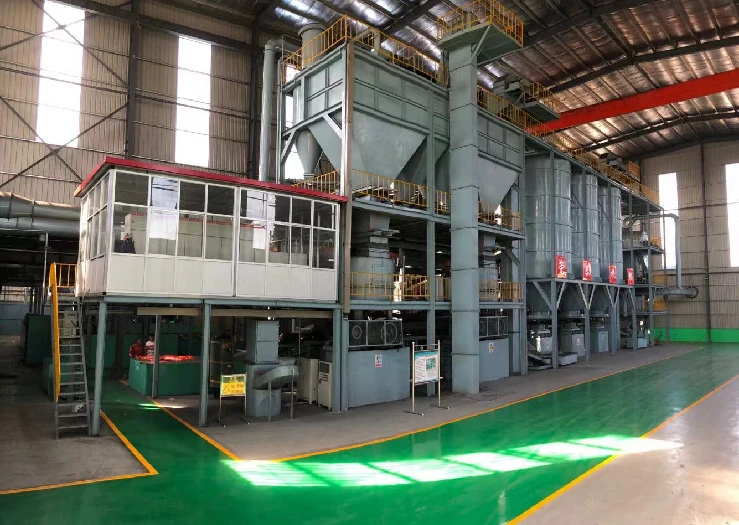Gully Heads and Grates Understanding Their Importance in Drainage Systems
The Essential Role of Gully Heads and Grates in Urban Drainage Systems
Urban drainage systems are vital components of modern infrastructure, ensuring that rainwater and surface runoff are effectively managed. Among these systems, gully heads and grates play a crucial role in preventing flooding, maintaining road safety, and protecting the environment. Understanding their function, design, and importance is essential for urban planners, civil engineers, and the general public alike.
What are Gully Heads and Grates?
Gully heads, often referred to as road gullies or stormwater inlets, are designed to collect surface water from roadways, parking lots, and other paved areas. They typically consist of a drainage channel that directs water into a subterranean drainage system. The grate that covers the gully head serves multiple purposes it allows water to pass through while preventing debris, large objects, and animals from entering the drainage system.
The design of these structures is critical for their efficiency. Grates must be adequately sized to manage the volume of water expected during rainfall events. Additionally, they must be constructed from robust materials to withstand traffic loads and environmental factors such as corrosion and wear.
How Do Gully Heads and Grates Function?
During rainstorms, water accumulates on road surfaces and must be swiftly removed to prevent flooding. Gully heads facilitate this by capturing the water runoff. As water flows toward the gully, it enters through the grate, where sediment and debris are partially filtered out. The design of the grate also aids in the even distribution of water flow, minimizing the risk of gully overflow.
Once the water enters the gully head, it is channeled into underground drainage pipes, which transport it to larger stormwater management systems, such as retention basins or treatment facilities. This effectively reduces the amount of water that can accumulate and potentially cause flooding, protecting urban areas from water damage.
gully head and grate

Importance of Proper Maintenance
The effectiveness of gully heads and grates hinges significantly on regular maintenance. Over time, leaves, dirt, and other debris can clog the grates, hampering their ability to capture runoff. When these structures are not maintained, they can lead to localized flooding, road damage, and erosion. Furthermore, stagnant water that collects due to blocked grates may create breeding grounds for mosquitoes and other pests, posing public health risks.
Routine inspections and maintenance practices, such as cleaning and clearing blockages, are vital. Many municipalities implement scheduled checks after major storms and seasonal maintenance programs to ensure that these vital drainage components remain efficient.
Environmental Considerations
Gully heads and grates are also essential for sustainable urban drainage. They play a role in reducing the volume of stormwater runoff that enters natural water bodies, thereby decreasing pollution levels. By capturing runoff at the source, gully heads help in managing the quality of water that eventually flows into rivers, lakes, and oceans.
Innovative design approaches, such as permeable grates and green infrastructure practices, are being explored to enhance their environmental benefits. Permeable materials can allow water to infiltrate rather than simply running off, promoting groundwater recharge and reducing the overall burden on urban drainage systems.
Conclusion
In conclusion, gully heads and grates are critical elements of urban drainage systems, essential for managing stormwater and protecting urban environments from flooding. Their design, maintenance, and environmental impacts warrant ongoing attention and innovation. As cities continue to grow and face challenges associated with climate change and increased precipitation, the role of these drainage components will only become more significant. By investing in robust gully head and grate systems, urban planners can help create resilient cities that safeguard against the vulnerabilities posed by severe weather events.
-
The Smarter Choice for Pedestrian AreasNewsJun.30,2025
-
The Gold Standard in Round Drain CoversNewsJun.30,2025
-
The Gold Standard in Manhole Cover SystemsNewsJun.30,2025
-
Superior Drainage Solutions with Premium Gully GratesNewsJun.30,2025
-
Superior Drainage Solutions for Global InfrastructureNewsJun.30,2025
-
Square Manhole Solutions for Modern InfrastructureNewsJun.30,2025
-
Premium Manhole Covers for Modern InfrastructureNewsJun.30,2025
